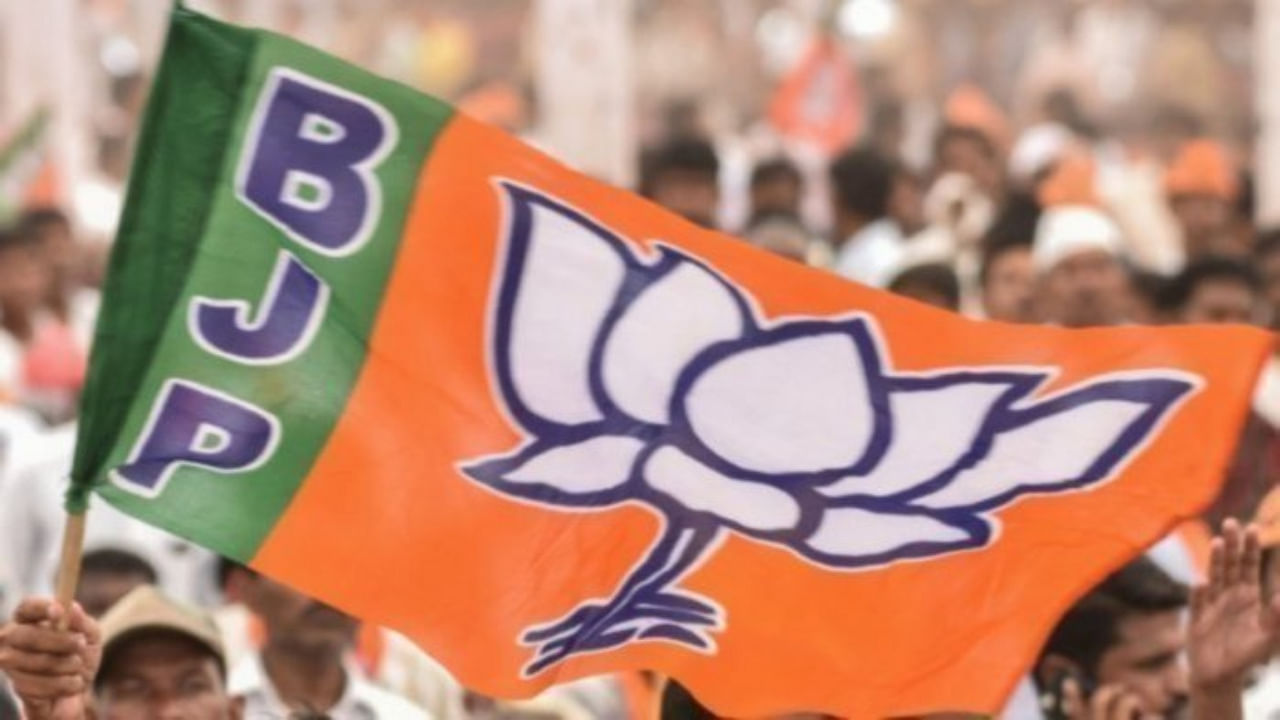
‘My candidate is the lotus symbol, not a person’ is the BJP’s catchphrase in Dakshina Kannada and Udupi districts where the party has replaced half of its incumbent lawmakers for the May 10 Assembly election.
Of the 13 constituencies in the two districts, 12 are represented by the BJP. In 2018, the BJP swept the coast using the Hindutva plank following the deaths of pro-Hindu workers. For the upcoming polls, six sitting MLAs have been replaced by fresh faces.
While this may be indicative of the party’s confidence in its cadre base in Karnataka’s coast, the bigger question is: will this experiment pay off in a region often described as RSS’ ‘Hindutva Laboratory’?
Udupi district BJP president Kuilady Suresh Nayak thinks so. “The party will win irrespective of the candidate in each constituency. Both RSS and BJP have a strong cadre here. That’s why the party decided to experiment with new faces,” he says. In Udupi alone, BJP has replaced four of the five MLAs with new candidates.
Also Read | Karnataka polls: BJP struggles to rein in rebels
A political analyst, who did not want to be named, has a different perspective. “Anti-incumbency is at its peak among the BJP’s traditional middle class and businesspeople voter base because of a continued economic crisis,” the analyst says. Therefore, strong cadre base does not entail a sureshot victory. “Careful calculation, based on the factors of caste, community and anti-incumbency, has gone into choosing candidates in Udupi’s constituencies,” the analyst adds.
For instance, in Udupi, the BJP (Yashpal Suvarna) and Congress (Prasad Raj Kanchan) have fielded Mogaveera candidates as the community can swing the election.
The BJP gave two tickets to Bunts (Gurme Suresh Shetty in Kaup and Gururaj Gantihole at Byndoor), one Brahmin (Kiran Kumar Kodgi from Kundapura) and a Vokkaliga (Asha Thimmappa Gowda in Puttur).
In Sullia, people sensed that six-time MLA Angara S, a Dalit, would not get another chance when he was made a minister. But the choice of Bhagirathi Murulya, the first Adidravida candidate after 1972, was a surprise. The Adidravida community is one of the most deprived communities in the taluk.
“The current candidate is a sensible choice, particularly considering her background. However, she hasn’t done much work as a zilla panchayat member. Her success depends on the team she chooses and builds,” says farmer and writer Mahesh Puchchappady from Sullia.
Sense of betrayal?
At the outset, leaders might have overcome initial dissatisfaction and ironed out differences over the party’s decision. However, there seems to be a sense of betrayal amongst voters.
Krishnananda Manimoole, an RSS volunteer in Puttur constituency where the BJP has fielded Asha, is vocal about his disapproval of the candidate selection process. “The party leaders say that they chose the candidate based on a survey. Who did they involve in the survey? If you ask 100 people, not even 10 will know about our candidate. For the first time, I am planning to opt for NOTA,” he says.
While the focus is on the viability of the fresh candidates, the ‘centralised’ process of ticket distribution is gaining attention.
“The basic foundation of an Assembly is that an elected representative should voice the aspirations of the constituency. This is possible only when a leader emerges organically and not when one is thrust upon a constituency as per the wishes of the high command,” says thinker Rajaram Tallur.